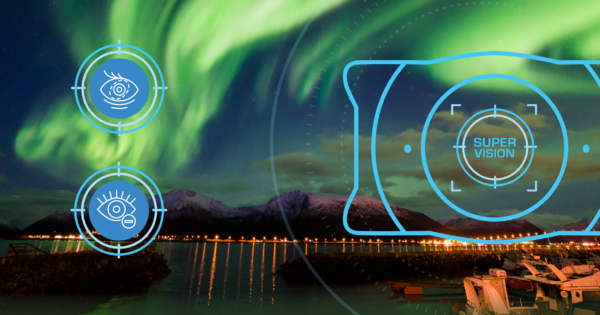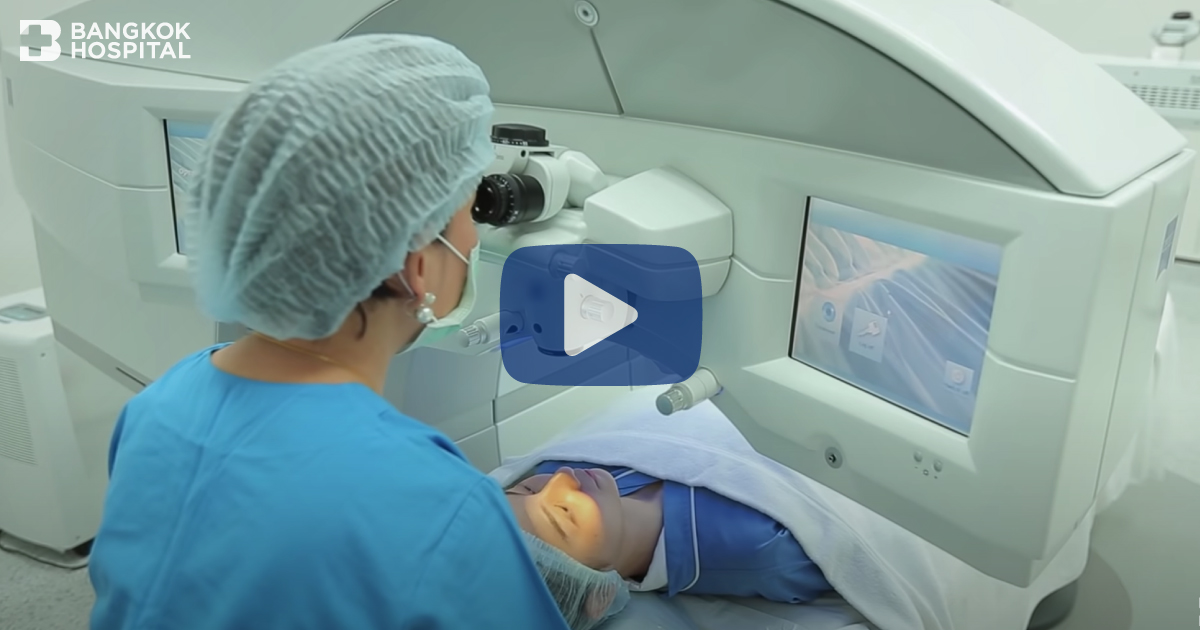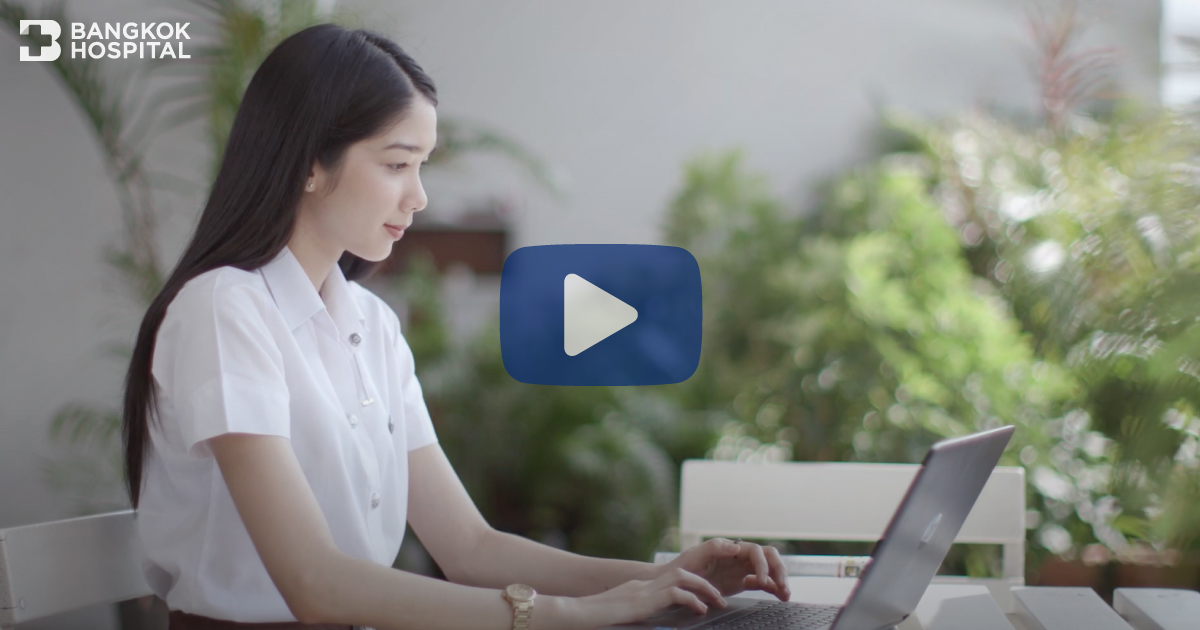Seeing the world brightly comes from having good eye health but nowadays, few people have the vision to see the world brightly without the help of tools like contact lenses or glasses. Due to various lifestyle factors, our vision gradually deteriorates.
Nicole Kidman, the 46-year-old Hollywood actress, is starting to have long-sightedness issues that come with age. However, long-sightedness is not considered an abnormality since it’s natural for humans to experience this as they reach their 40s. This phenomenon varies from person to person. Nicole Kidman might need to wear glasses when reading, and for women who consider beauty essential, wearing glasses might not be the preferred option for maintaining a good image.
Dr. Tharinee Sengiampanich , an ophthalmologist specializing in cataracts and vision correction at the Lasik Center, Bangkok Hospital, provided interesting advice about age-related long-sightedness and its correction. “Age-related long-sightedness happens to everyone, especially as we hit our 40s. The change that occurs is the blurring of close vision. You can notice that people in this age group have to hold reading material farther away. Although, this can be corrected with reading glasses, some might find wearing glasses a hassle, especially those who initially had nearsightedness, farsightedness, or astigmatism. As they age, their vision issues increase, including the addition of age-related long-sightedness, thus requiring two sets of glasses: one for their initial vision problems and another for reading or seeing up close, which can be quite inconvenient. Or they might need bifocal glasses, which can make them feel less confident in their appearance.”
However, with the advancement of current medical technology, an effective and safe treatment called ‘Lasik’ has emerged.
“Lasik corrects vision abnormalities permanently, including nearsightedness, farsightedness, astigmatism, and age-related long-sightedness. The procedure involves surgery on the cornea, which normally is only about 520-550 microns thick – quite thin. Modern equipment makes Lasik easy, convenient, and safe. Generally, there are two main steps in a Lasik procedure. The first step is to create a flap in the cornea, which is then lifted like a lid. The second step uses a laser to reshape the cornea. For patients with nearsightedness, the laser creates a concave lens shape, while for those with farsightedness, it adjusts the corneal periphery to make the center more convex.
In the past, the first step of creating the corneal flap was done with a blade, but now, ‘Bladeless Lasik’ (FemtoLASIK) uses a laser, offering high precision and minimal discomfort. Another advantage is it allows for a thinner corneal flap, enabling those previously unable to have Lasik due to insufficient corneal thickness. The next step then uses another laser to adjust the corneal curvature. For those with age-related long-sightedness, we now have a new program called LBV (Laser Blended Vision), specially designed to correct the corneal curvature in a more complex manner for specifically this condition, allowing clear vision at all distances without the need for glasses.”
Nowadays, treating vision problems with Lasik is straightforward, taking only about 15 minutes per eye, and over 90% of patients see immediate results that improve in the following days. However, it’s essential to have stable vision before the procedure. For those with age-related long-sightedness, undergoing the LBV Lasik is like getting a new vision, allowing you to see the world clearly without frames for another 4-5 years. This technology ensures safety, convenience, and a change for a better perspective.
Source: Hello Magazine






